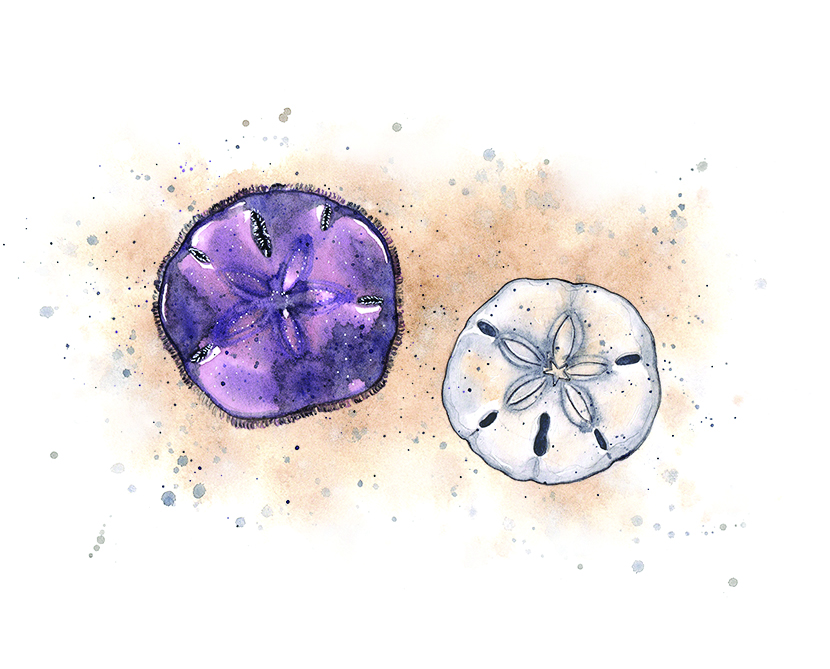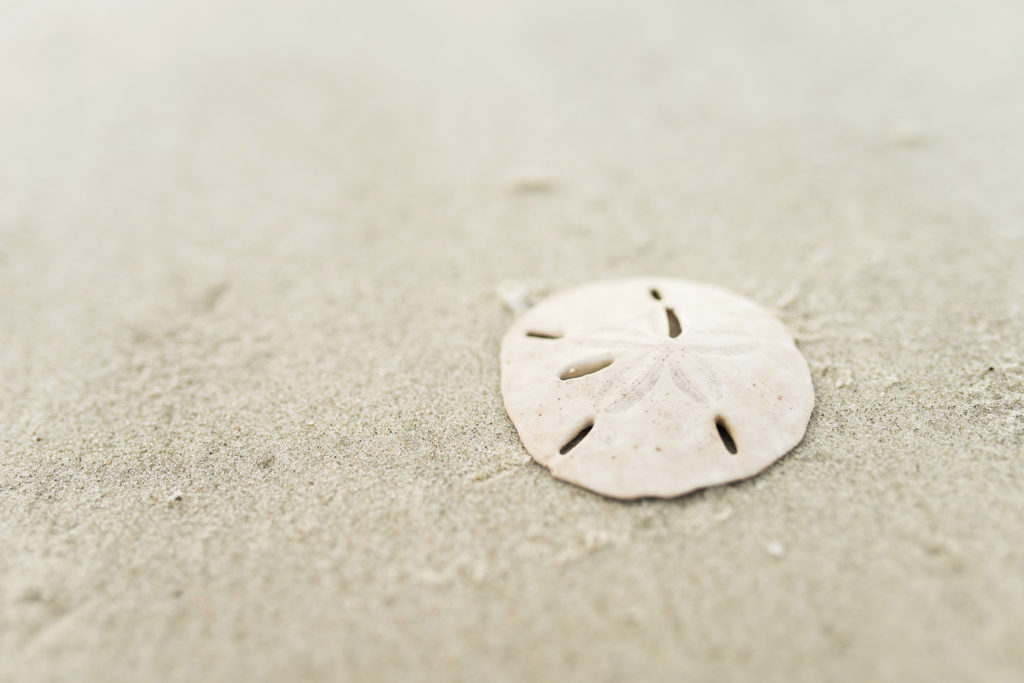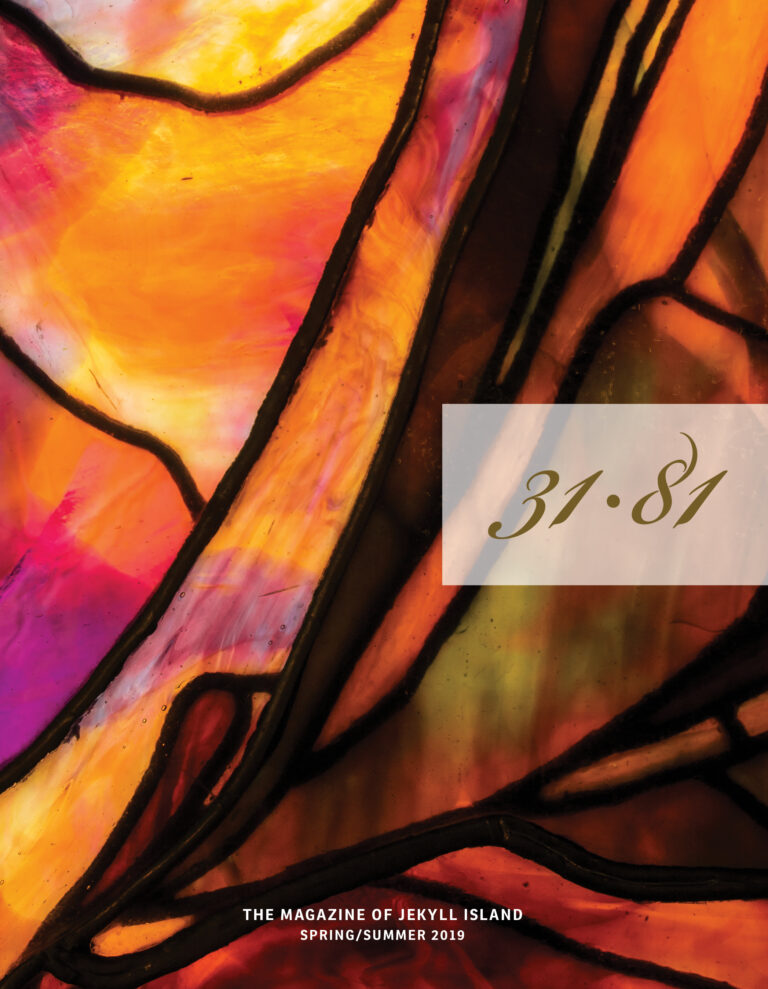The sun-bleached skeletons we know them by represent a strange‚ simple life
By Candice Dyer
S and dollars have more in common with people than you might think. Scientists have discovered that the genomes of humans and sea urchins bear notable similarities; they’re our closer kin than beetles‚ crabs‚ or clams. But in most ways they’re entirely foreign. “If you want to be a stickler‚ their proper name is the five keyhole urchin‚ in the family of echinoderms‚ Latin for ‘spiny skin‚’” says Ben Carswell‚ director of conservation for the Jekyll Island Authority. “But most people‚ even naturalists‚ still call them sand dollars.” They breed by broadcasting‚ in which males and females release thousands of sperm and eggs into the water‚ which connect and develop into larvae. Thread-like appendages called cilia help the larvae move and burrow into the sand. When threatened‚ baby sand dollars clone themselves‚ a sort of evolutionary insurance.


